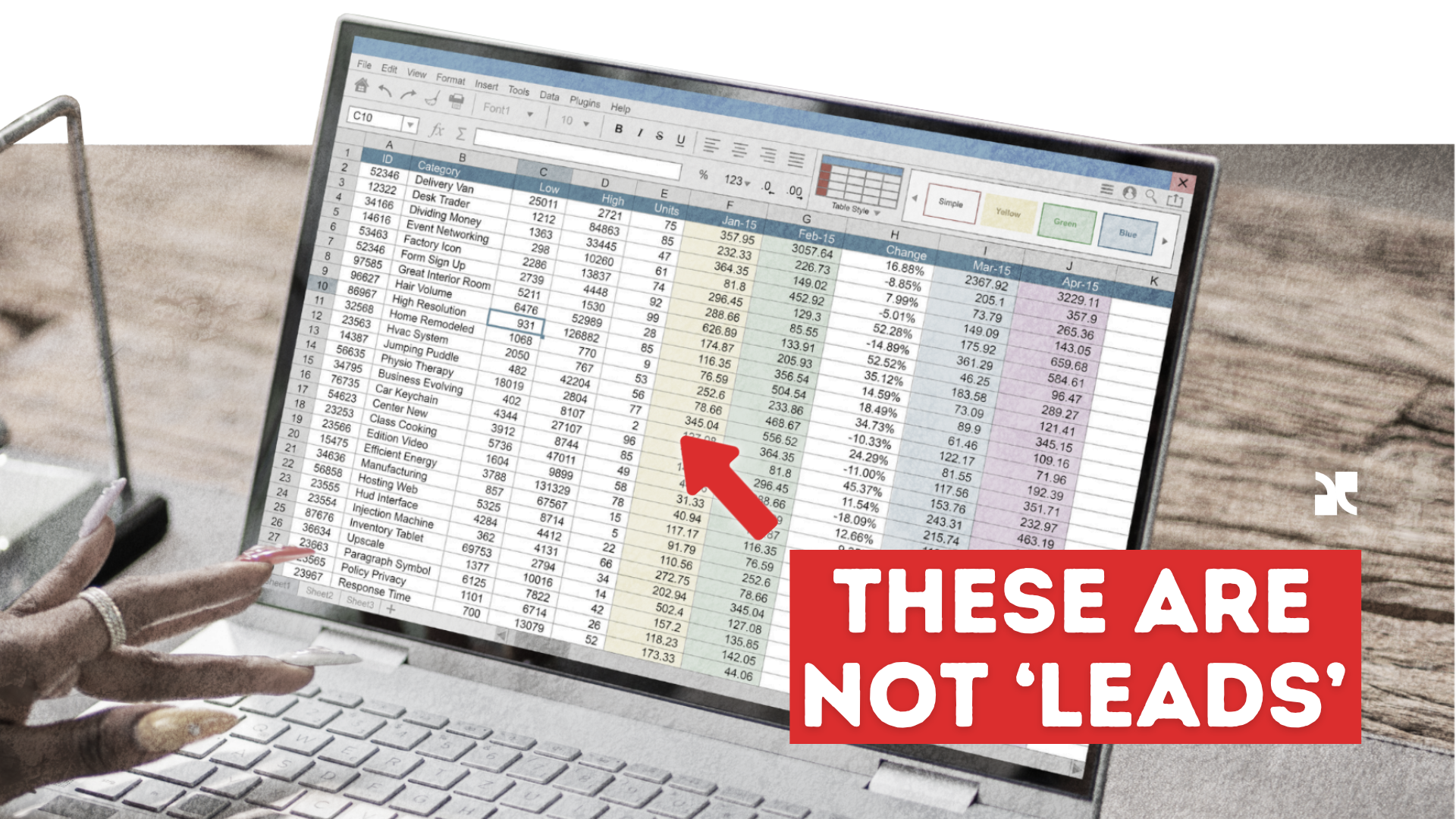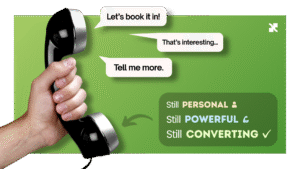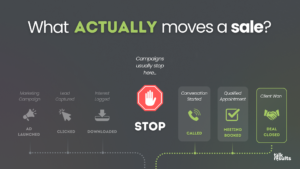Lead generation is one of the most overused and misunderstood terms in B2B marketing. Everyone offers it. Everyone claims to be the best at it. But what you get in return can range from useful insight to a cold spreadsheet full of strangers.
The problem? Most companies never explain what’s behind the word “lead” – or how they’re qualifying it.
Why the word ‘lead’ doesn’t always mean what you think. A name on a list isn’t a lead. Neither is someone who downloaded a brochure six months ago and never heard from you again. Yet, these are often passed over as “opportunities” – with no context, no conversation, and no idea of need.
According to MarketingSherpa, up to 80% of B2B marketing leads are never followed up properly – meaning even promising ones go cold before they’re qualified.
Forrester research shows that as much as 99% of inbound leads never convert to customers without human intervention and proper follow-up.
The hidden gap between lead generation and sales
This is where many lead generation providers fall short. They create awareness, which is important, but they don’t bridge the gap into actual conversations. That handoff from curiosity to interest needs more than an email. It needs someone to ask the right questions, listen to the answers, and qualify whether the person actually needs anything at all.
Live phone calls continue to outperform email-only follow-up. A study by the Rain Group found that campaigns supported by telephone calls saw a 40% higher ROI.
What proper qualification actually looks like
When done well, lead generation should give your sales team:
A clear picture of who they’re speaking to.
Context on what the prospect has seen, said, or done.
An idea of timing, budget, need and relevance.
Confidence that it’s worth the time to follow up.
If you’re not getting that, then it’s not really lead generation. It’s contact scraping.
What to ask before trusting a provider with your pipeline
Before you invest, ask these five things:
What qualifies someone as a lead?
Will the lead have had any human contact before handover?
Is there context with the data – or just a name and email?
Do you follow up more than once?
Will I know what was said and how the person responded?
The more honest and detailed the answers, the better your results will be.
Telemarketing’s role in making lead generation work
Telemarketing isn’t about cold calling a phone book. When used as part of a lead generation process, it acts as a filter, a validator, and live and current insight tool.
It confirms if the prospect is the right person.
It uncovers the story behind their interest.
It turns curiosity into conversation.
It ensures your sales team walk into meetings that matter.
Companies using telemarketing in their lead qualification process see up to 50% better conversion from lead to opportunity, according to Belkins and GungHo Global. Done right, it’s not intrusive – it’s informative.
Lead generation isn’t about quantity. It’s about clarity. A hundred names mean nothing if 90 of them aren’t ready, relevant, or real.
What better lead generation comes down to
Proper qualification.
Respect orientated follow-ups.
Human interaction.
Honest handover.
That’s the difference between chasing and closing.

Felicity Francis
Self-confessed telemarketing enthusiast (25 years and counting). Still getting answers while others get auto-replies.
Managing Director, Talk Results.





